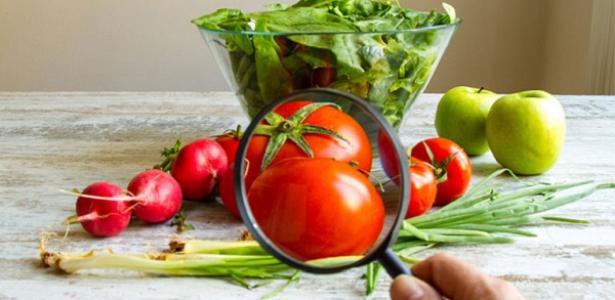SWRC Blog: How Public Health Safety rules affect food donation

Recently, one of our staff took the Saskatchewan Health Authority's Level 1 Food Safety course. We wanted to find out the rules so we can apply them to food donations and avoiding food waste. The course doesn’t expressly discuss reducing food waste, but does emphasize the conditions that require food to be thrown out, information we can use to help food establishments avoid food waste.
Temperature is key to food safety. The course recommends:
1) Having a schedule for checking freezer and fridge temperatures and recording them. Freezers should be at -18C and fridges at 4C. Use a thermometer you can calibrate yourself in case the built-in thermometers are not accurate. This makes it easy to spot if equipment is failing or not keeping food at a safe temperature. Regular temperature checking can buy you time to move food to other cold storage if yours breaks down.
2) Cooked food only gets 2 hours total at a temperature between 4C and 60C. So the key to being able to donate unserved prepared food is to cool it quickly and keep it cool.
Additional waste reducing tips:
3) Use smart storage and preparation options to reduce contamination. Food contaminated by debris, bacteria or chemicals has to be thrown out. Always keep fresh stuff that won’t be cooked above food that will be cooked. For example, raw meat kept on a shelf above fresh greens may drip juices onto them and render them unsafe.
4) They were clear that best-by dates are not expiry dates. Expiry dates are only required on infant formula, adult meal replacements and formulated liquid diets (not many of which get served in restaurants…). Best-by, or best before, dates simply indicate a product's peak flavour or freshness window. It's up to the food establishment if they want to use a product, especially a non-perishable good, that is past its best before date, but it can safely be used or donated if desired.
There are often logistical issues to donating food from restaurants, but having safe food to donate is certainly a good first step.